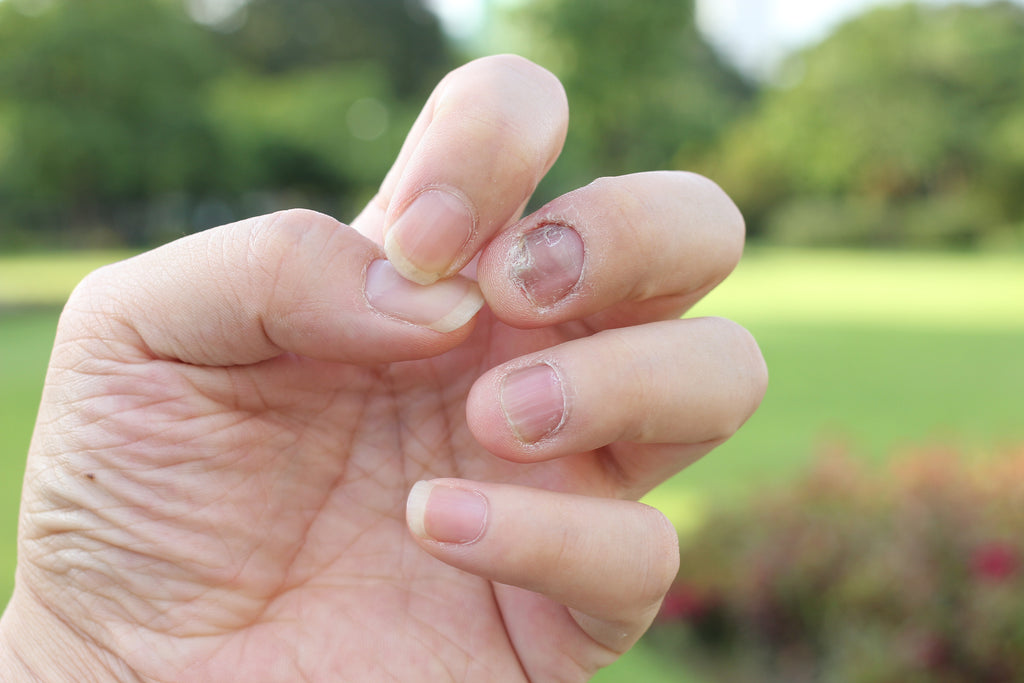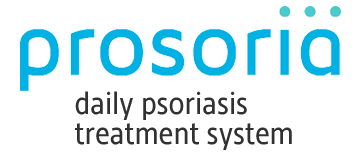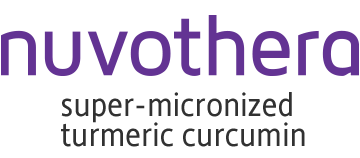What is Nail Psoriasis?
16 Apr 19

You may already know that psoriasis is a disorder that results in dry, red, and itchy patches of skin. After learning more about psoriasis and its different forms, you may be wondering: What is psoriasis of the nail? Why does psoriasis affect my nails ? Do I have nail psoriasis, and if so, what are my treatment options? Continue reading to find out the answers to all these questions and more.
What is Nail Psoriasis?
Nail psoriasis is a condition of abnormal nail development caused by a chronic autoimmune disease. Just over half of the people with skin psoriasis also exhibit nail psoriasis. On the other hand, nearly everyone that has nail psoriasis also has skin psoriasis; only in 5% of cases does nail psoriasis presents on its own without skin psoriasis.
Symptoms of Nail Psoriasis
The following are some of the characteristics of nail psoriasis:
- Blood under the nail—Lines of blood appear dark red under the nail and eventually turn black when dry.
- Crumbling—Loose bits or layers of nail shedding.
- Discoloration—Unusual white, yellow, or brown discoloration of the nails.
- Horizontal lines—Thin ridges or lines running across the nail, giving it a pinstriped appearance.
- Loosening—Areas of nail feeling like they are becoming detached from the finger or toe.
- Pitting—Tiny dents in the nail.
- Roughness—Rough texture of the nail.
- Thickening—Raised or bulky feeling on the nail, like more nail is building up underneath.
Keep in mind that signs don’t need to appear on all nails to indicate nail psoriasis. Any combination of these symptoms can emerge with varying degrees of severity; you could have mild discoloration on one fingernail, and roughness, thickening, and loosening on another nail.
Causes of Nail Psoriasis
As in the cases of skin psoriasis, the likelihood of developing nail psoriasis is due to genetic factors. Despite the hard exterior of nails, they are actually surrounded by skin cells. As a result, nails are affected by psoriasis just like the rest of your skin. Generally, symptoms of nail psoriasis are caused by defects at one or more of the three major parts of the nail:
- The nail plate is what people commonly referred to as the nail. It is the outermost part and made up of a protein called keratin. Attacks from an individual’s immune system can make it weak and crumbly resulting in nail dystrophy.
- The nail bed is the area of skin underneath the nail plate, Rapid, excess cell growth here can cause the nail plate to detach.
- The nail matrix is the area of skin at the base of the nail plate. Cells that produce new nail are found here and their excess activity is what causes thickening of the nail and pitting.
Sometimes, symptoms that appear to result by nail psoriasis causes are actually signs of nail infections. Doctors can test nail samples to determine whether an infection is present or not.
Nail Psoriasis Treatments
Since this disease cannot be cured, treatments for nail psoriasis aim at managing symptoms and alleviating discomfort. Mild cases can be treated with topical creams, steroid injections, or cosmetic regimens. A combination of treatments for nail psoriasis may be more effective for any patient with a more severe case.
Topical creams
Corticosteroid creams require a doctor’s prescription and are effective at reducing skin inflammation. Calcipotriol (vitamin D derivative) is an ointment that slows the excessive growth of skin cells. Tazarotene (vitamin A derivative) can treat acne and psoriasis by healing skin lesions. For best results, topical treatments should be applied 1 or 2 times daily for several months since it can take a while for healthy nails to grow back.
Steroid Injections
Injections of corticosteroids and other psoriasis medicine can provide stronger treatment. They work by decreasing rapid skin cell growth throughout the body but can have unwanted side effects like nausea, increased risk of infections, and elevated blood pressure.
Cosmetic Treatments
Manicures carried out by specialized nail technicians or at home can greatly improve the short-term appearance of nail psoriasis. The nail plate can be gently trimmed, buffed, and painted with nail polish to diminish discoloration and thickness. However, if this treatment is done incorrectly or too roughly, symptoms can worsen. Avoid lifting loosened nails from the nail bed and do not clip or push back cuticles.
Psoriasis sufferers should expect a few months to pass before seeing improved conditions because of the long cycle of nail growth. Other solutions include adapting strategies for living with nail psoriasis. Examples of this include wearing gloves to protect sensitive hands during work and wearing specially designed shoes that reduce pressure on the toenails.
Nail Psoriasis Diagnosis
If you already have a form of skin psoriasis and you start to notice changes on your nails, it is likely that you also have nail psoriasis. Check with your doctor to gauge the severity of your condition. Together, you can work out a treatment plan meant to combat the symptoms.
Sources:
https://www.psoriasis.org/advance/potential-new-solution-nail-psoriasis

